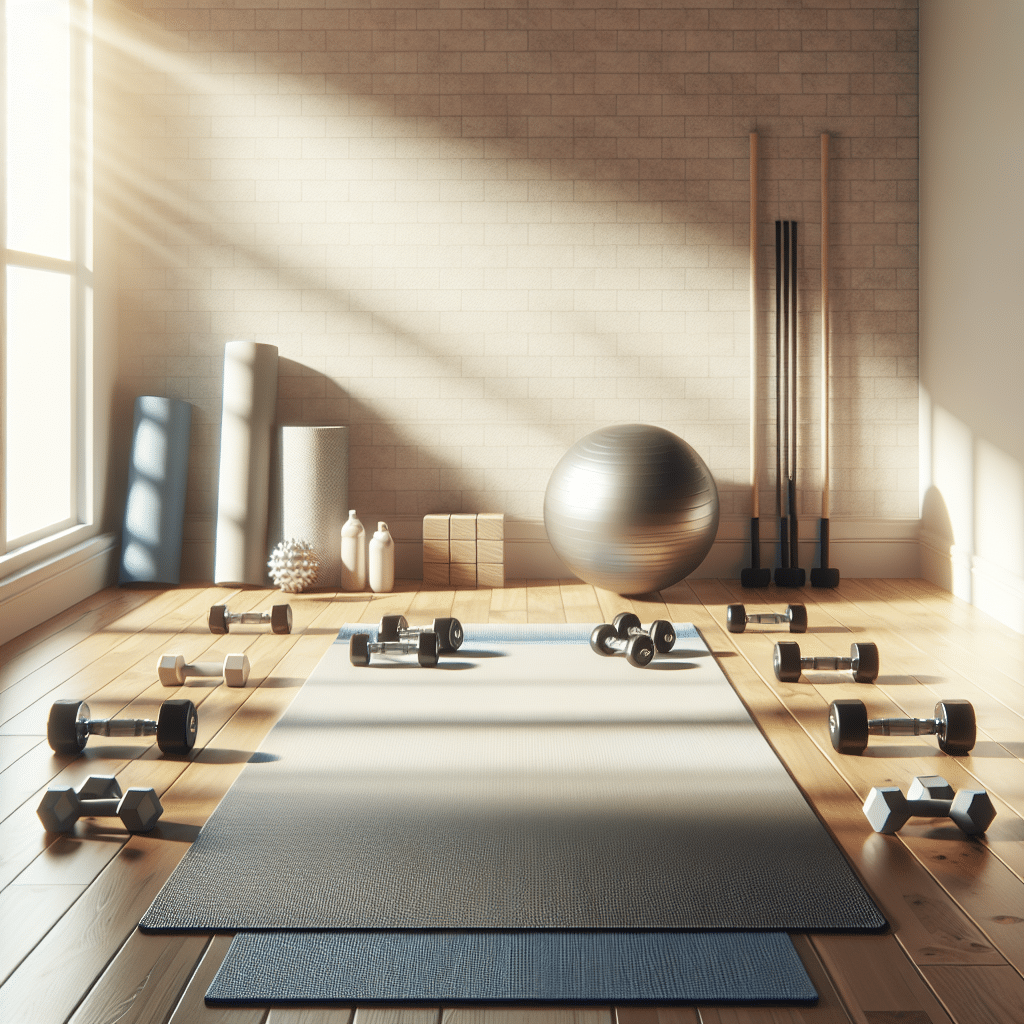Understanding Balance and Stability
Balance and stability are crucial components of fitness that enable individuals to perform daily activities with ease and reduce the risk of injuries during workouts. Unlike traditional strength training that often focuses on building muscle, balance and stability workouts emphasize improving neuromuscular control and overall body awareness. This type of training can benefit everyone, particularly beginners who are establishing their fitness foundation.
Benefits of Balance and Stability Workouts
-
Enhanced Coordination: Balance workouts improve coordination, facilitating smoother movements in everyday activities and sports.
-
Injury Prevention: By strengthening stabilizing muscles and improving proprioception, these workouts lower the risk of sprains and strains.
-
Core Strength: A significant emphasis on core engagement during balance exercises enhances core stability, which is vital for overall fitness.
-
Improved Posture: Balance exercises often engage muscles essential for maintaining good posture, reducing back pain and discomfort.
-
Increased Functional Fitness: These workouts enable individuals to perform daily tasks more effectively, from climbing stairs to lifting objects.
Key Principles of Balance and Stability Training
When embarking on balance and stability workouts, beginners should understand several key principles:
-
Progressive Overload: Gradually increase the difficulty of exercises by modifying the stance or adding equipment like balance boards or stability balls.
-
Engagement: Focus on engaging the core, glutes, and stabilizing muscles throughout each movement to maximize effectiveness.
-
Controlled Movements: Perform exercises in a slow, controlled manner to enhance balance and body awareness rather than rushing through reps.
-
Variety: Incorporate a wide range of exercises to challenge different muscle groups and prevent workouts from becoming monotonous.
-
Mindfulness: Pay attention to body alignment, breathing, and movement patterns to improve kinesthetic awareness, which is essential for balance.
Full-Body Balance and Stability Exercises for Beginners
1. Single-Leg Stand
- How to Do It: Stand on one leg while bending the opposite knee so that the foot is lifted behind you. Hold for 20-30 seconds and switch sides.
- Modification: If this is too difficult, perform the exercise near a wall or chair for support.
- Focus: Keep your core engaged and your standing knee slightly bent.
2. Heel-to-Toe Walk
- How to Do It: Walk in a straight line, placing the heel of one foot directly in front of the toes of the other foot. Focus on staying straight with each step.
- Modification: Perform near a wall for balance if needed.
- Focus: Maintain upright posture and concentrate on a fixed point ahead to improve focus.
3. Bodyweight Squats on a Stability Ball
- How to Do It: Stand with your back against a stability ball placed on a wall. Squat down while keeping the ball against your back, and push back to standing.
- Modification: Reduce the depth of your squat based on comfort level.
- Focus: Ensure your knees do not extend past your toes during the squat.
4. Plank with Arm Lift
- How to Do It: Begin in a plank position on your hands. Lift one arm forward while balancing on the opposite arm, hold for a couple of seconds, and alternate.
- Modification: Drop to your knees if maintaining a full plank is too challenging.
- Focus: Keep your hips stable and avoid rotation.
5. Lateral Band Walks
- How to Do It: Place a resistance band around your thighs (just above your knees). Step sideways while maintaining tension in the band, walking in one direction and then returning.
- Modification: Use a lighter band for reduced resistance.
- Focus: Keep feet parallel and engage your glutes.
6. Bridge
- How to Do It: Lie on your back with knees bent and feet flat on the floor. Lift your hips towards the ceiling while maintaining a straight line from shoulders to knees.
- Modification: Place your arms by your sides for support.
- Focus: Squeeze your glutes and engage your core at the top of the movement.
7. Standing Calf Raises
- How to Do It: Stand with your feet hip-width apart. Slowly raise your heels off the ground, balancing on the balls of your feet, then lower back down.
- Modification: Perform near a wall or countertop for balance support.
- Focus: Keep your core engaged and avoid leaning forward or backward.
Structuring Your Balance and Stability Workout
To ensure a well-rounded full-body workout that emphasizes balance and stability, beginners can incorporate these exercises into their training routine 2-3 times a week. Here’s a sample workout structure:
Warm-Up:
- 5-10 minutes of light aerobic activity (walking, cycling) to increase heart rate.
- Dynamic stretches targeting major muscle groups.
Main Workout:
- Complete 2-3 sets of each exercise with 10-15 repetitions where applicable.
- Include rest periods of 30 seconds to 1 minute between sets.
Cool Down:
- Finish with static stretching focusing on legs, arms, and back muscles to aid recovery and improve flexibility.
Tips for Beginners
-
Start Slow: Focus on mastering form and technique before advancing to more challenging variations.
-
Consistency is Key: Regular practice will strengthen stabilizing muscles and improve balance over time.
-
Listen to Your Body: If you feel pain or discomfort, stop and adjust the exercise or consult with a fitness professional.
-
Incorporate Daily Activities: Use everyday movements to practice balance, such as standing on one leg while brushing your teeth.
-
Stay Hydrated: Proper hydration supports muscle function and overall performance during workouts.
-
Use Visual Cues: Incorporate visual markers to help direct your focus during exercises, reinforcing body alignment.
By integrating these balance and stability workouts into a fitness routine, beginners can build a solid foundation for their physical health that extends beyond the gym. Enhanced balance, improved coordination, and greater body awareness will support progression and overall well-being.
